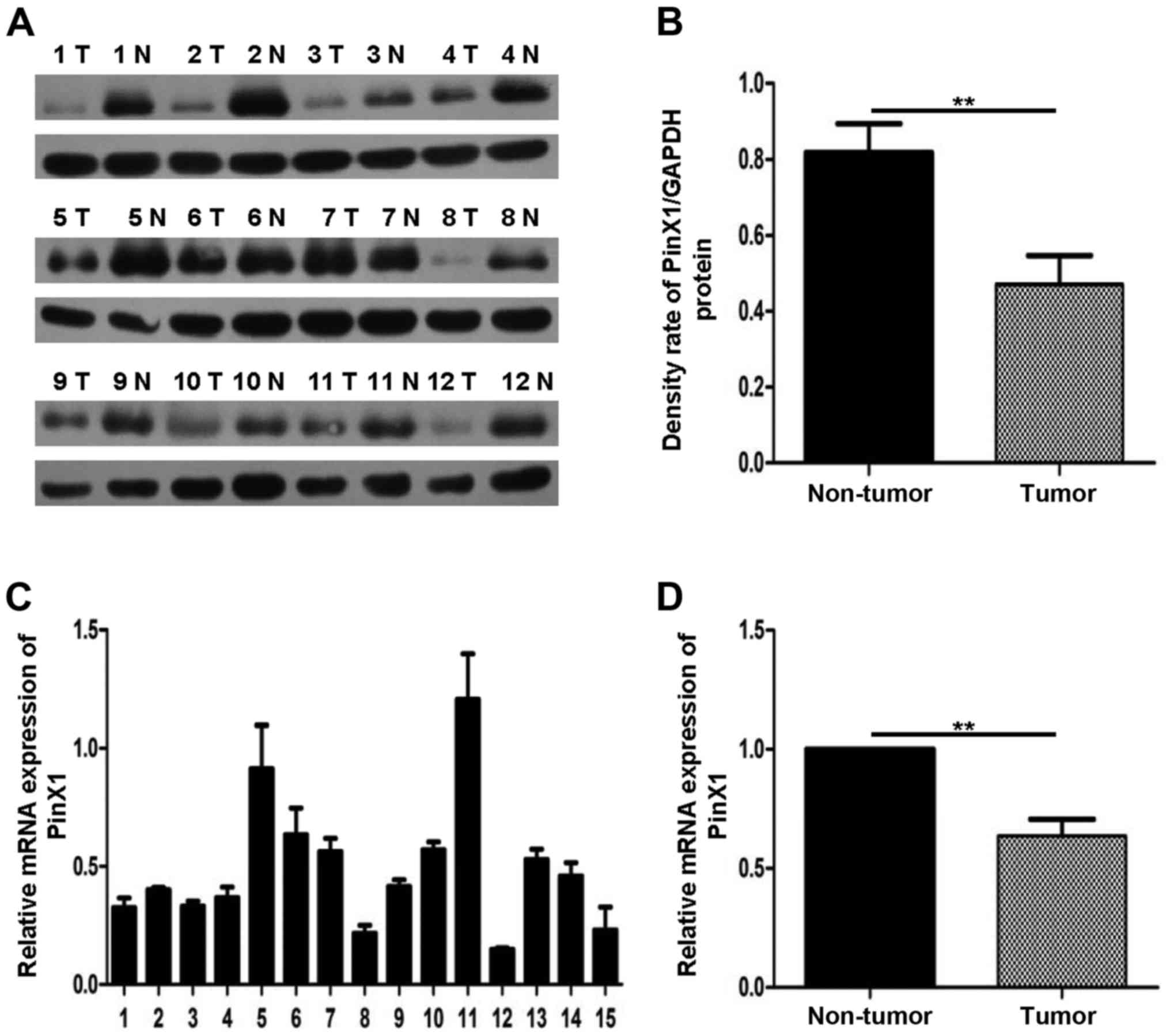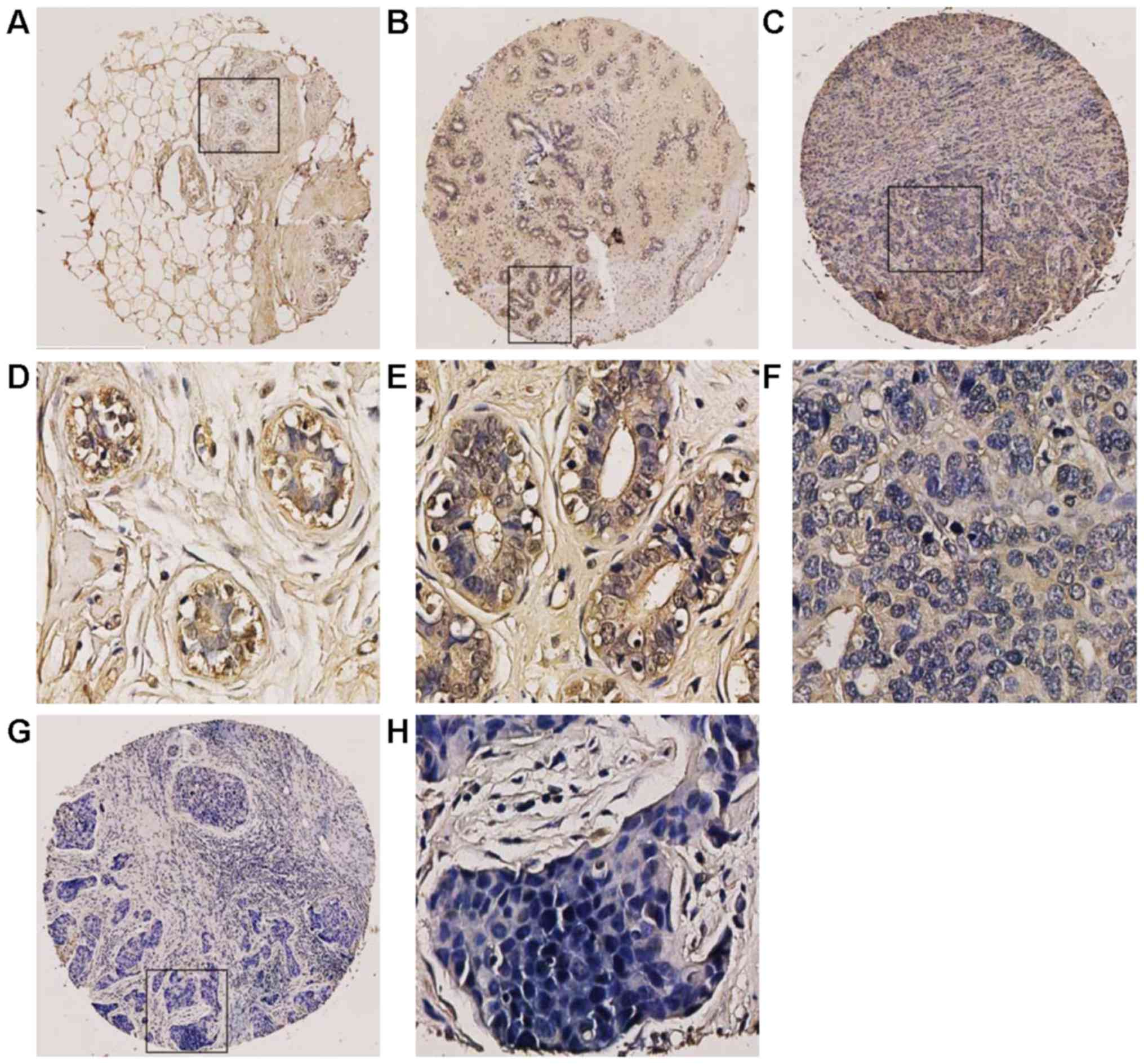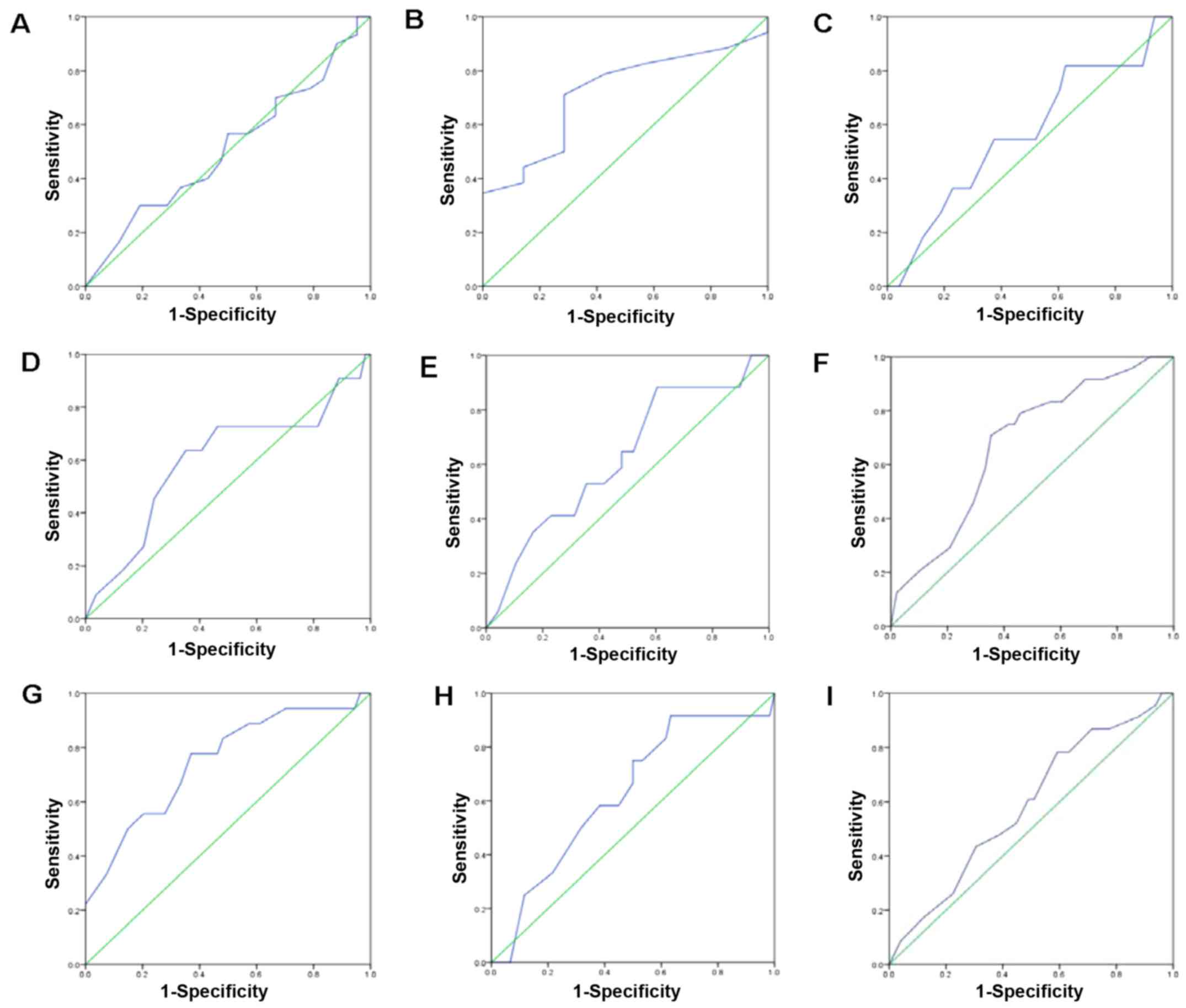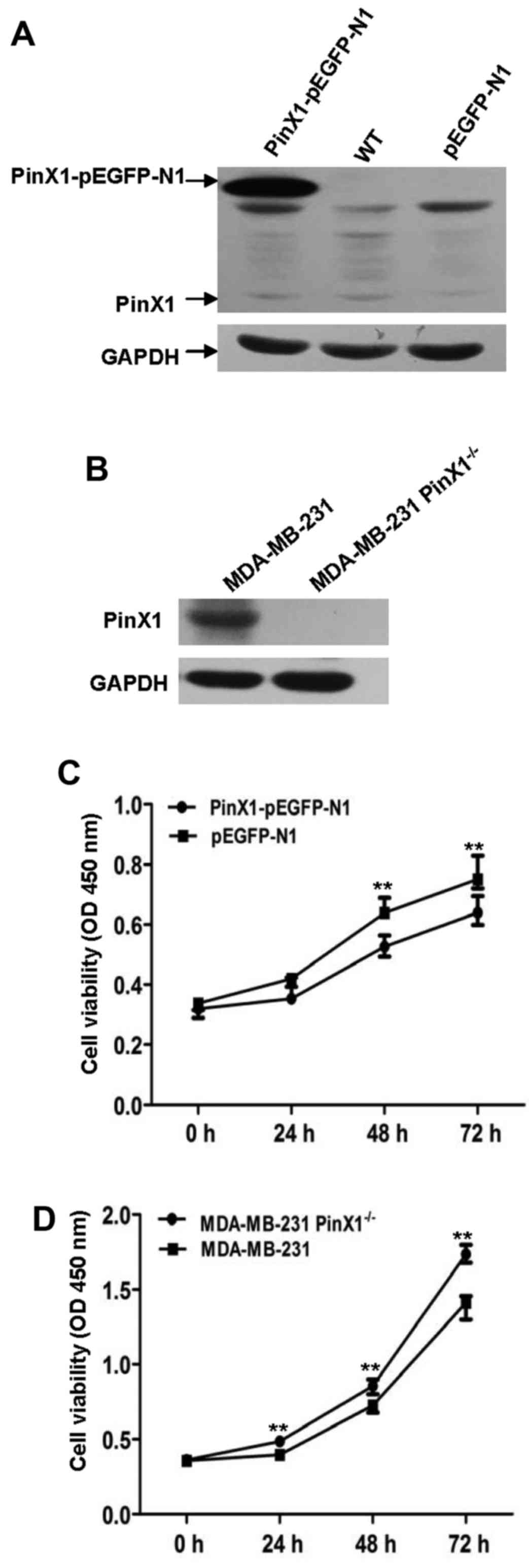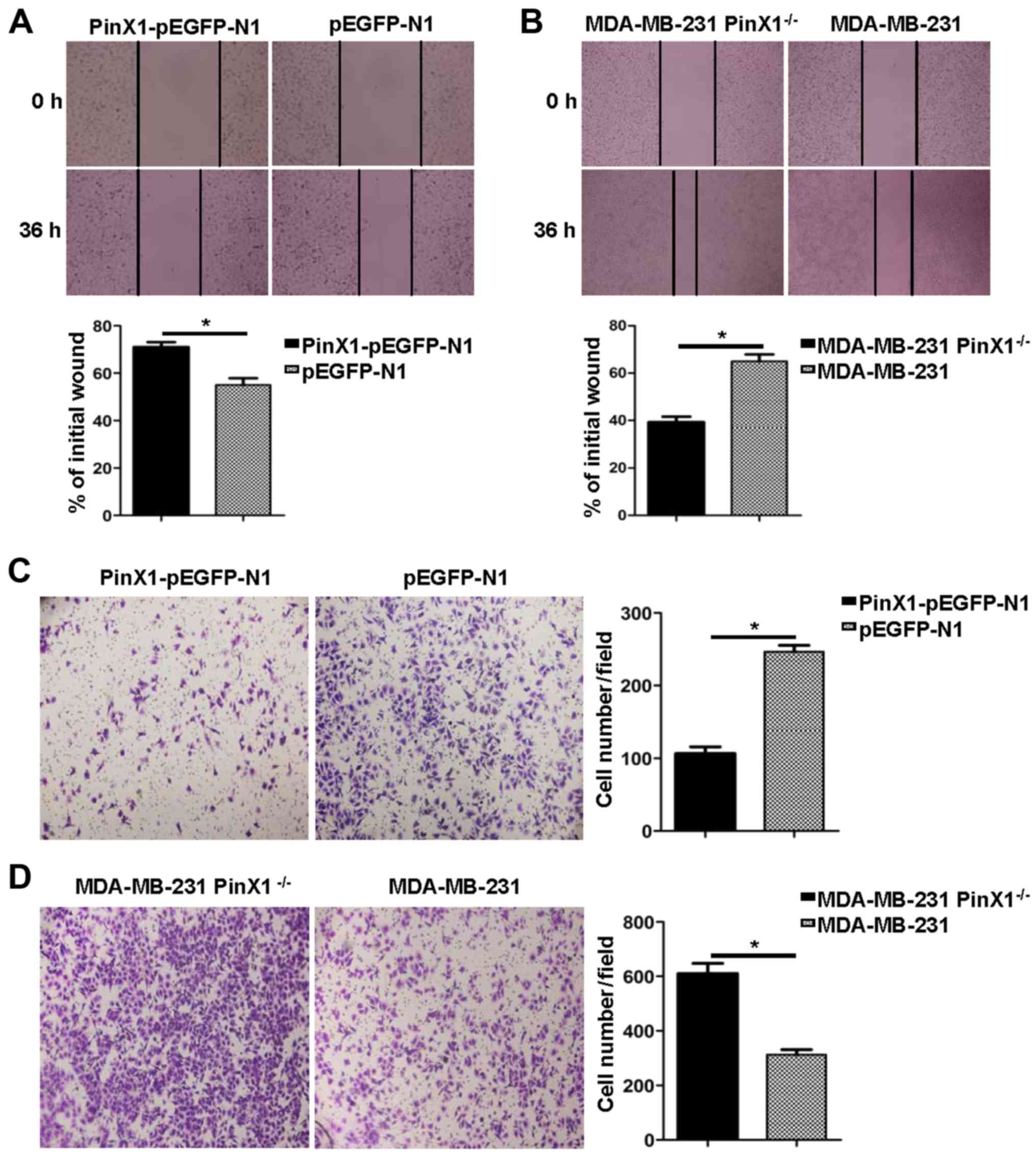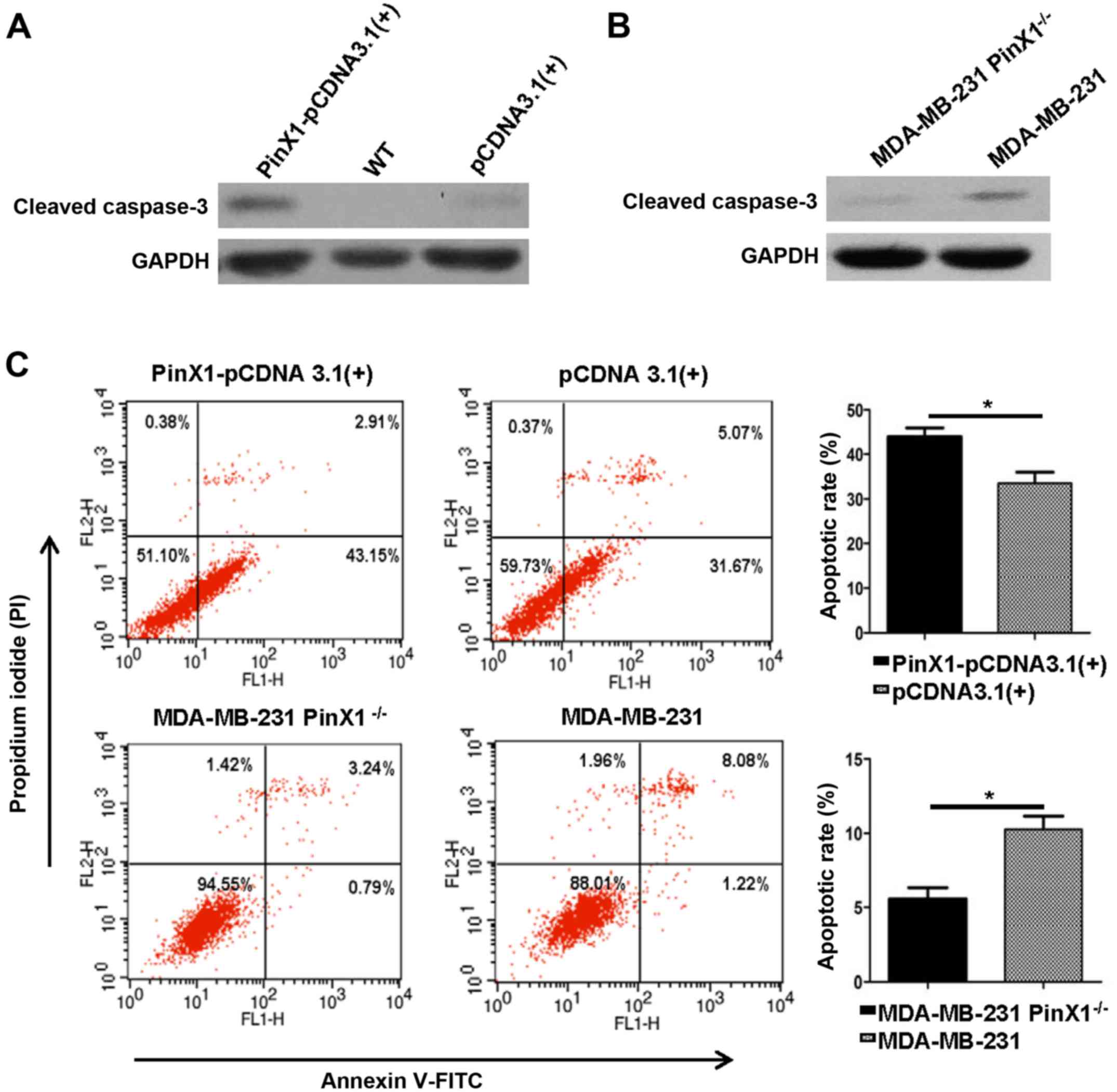|
1
|
Taherian-Fard A, Srihari S and Ragan MA:
Breast cancer classification: linking molecular mechanisms to
disease prognosis. Brief Bioinform. 16:461–474. 2015. View Article : Google Scholar : PubMed/NCBI
|
|
2
|
Ferlay J, Soerjomataram I, Dikshit R, Eser
S, Mathers C, Rebelo M, Parkin DM, Forman D and Bray F: Cancer
incidence and mortality worldwide: Sources, methods and major
patterns in GLOBOCAN 2012. Int J Cancer. 136:E359–E386. 2015.
View Article : Google Scholar : PubMed/NCBI
|
|
3
|
Goldhirsch A, Winer EP, Coates AS, Gelber
RD, Piccart-Gebhart M, Thürlimann B, Senn HJ, Albain KS, André F,
Bergh J, et al: Panel members: Personalizing the treatment of women
with early breast cancer: Highlights of the St Gallen International
Expert Consensus on the Primary Therapy of Early Breast Cancer
2013. Ann Oncol. 24:2206–2223. 2013. View Article : Google Scholar : PubMed/NCBI
|
|
4
|
Vallejos CS, Gómez HL, Cruz WR, Pinto JA,
Dyer RR, Velarde R, Suazo JF, Neciosup SP, León M, de la Cruz MA,
et al: Breast cancer classification according to
immunohistochemistry markers: Subtypes and association with
clinicopathologic variables in a Peruvian hospital database. Clin
Breast Cancer. 10:294–300. 2010. View Article : Google Scholar : PubMed/NCBI
|
|
5
|
Ramirez-Fort MK, Case EC, Rosen AC, Cerci
FB, Wu S and Lacouture ME: Rash to the mTOR inhibitor everolimus:
Systematic review and meta-analysis. Am J Clin Oncol. 37:266–271.
2014. View Article : Google Scholar : PubMed/NCBI
|
|
6
|
Gelmon K, Dent R, Mackey JR, Laing K,
McLeod D and Verma S: Targeting triple-negative breast cancer:
Optimising therapeutic outcomes. Ann Oncol. 23:2223–2234. 2012.
View Article : Google Scholar : PubMed/NCBI
|
|
7
|
Bianchini G, Balko JM, Mayer IA, Sanders
ME and Gianni L: Triple-negative breast cancer: Challenges and
opportunities of a heterogeneous disease. Nat Rev Clin Oncol.
13:674–690. 2016. View Article : Google Scholar : PubMed/NCBI
|
|
8
|
Perou CM: Molecular stratification of
triple-negative breast cancers. Oncologist. 15 Suppl 5:39–48. 2010.
View Article : Google Scholar : PubMed/NCBI
|
|
9
|
De Laurentiis M, Cianniello D, Caputo R,
Stanzione B, Arpino G, Cinieri S, Lorusso V and De Placido S:
Treatment of triple negative breast cancer (TNBC): Current options
and future perspectives. Cancer Treat Rev. 36 Suppl 3:S80–S86.
2010. View Article : Google Scholar : PubMed/NCBI
|
|
10
|
Eroles P, Bosch A, Pérez-Fidalgo JA and
Lluch A: Molecular biology in breast cancer: Intrinsic subtypes and
signaling pathways. Cancer Treat Rev. 38:698–707. 2012. View Article : Google Scholar : PubMed/NCBI
|
|
11
|
Esposito A: Highlights from the 14th St
Gallen International Breast Cancer Conference 2015 in Vienna:
Dealing with classification, prognostication, and prediction
refinement to personalize the treatment of patients with early
breast cancer. E Cancer Med Sci. 9:5182015.
|
|
12
|
Nelson ER, Li S, Kennedy M, Payne S,
Kilibarda K, Groth J, Bowie M, Parilla-Castellar E, De Ridder G,
Marcom PK, et al: Chemotherapy enriches for an invasive
triple-negative breast tumor cell subpopulation expressing a
precursor form of N-cadherin on the cell surface. Oncotarget.
7:84030–84042. 2016.PubMed/NCBI
|
|
13
|
Rodler ET, Kurland BF, Griffin M, Gralow
JR, Porter P, Yeh RF, Gadi VK, Guenthoer J, Beumer JH, Korde L, et
al: Phase I study of veliparib (ABT-888) combined with cisplatin
and vinorelbine in advanced triple-negative breast cancer and/or
BRCA mutation-associated breast cancer. Clin Cancer Res.
22:2855–2864. 2016. View Article : Google Scholar : PubMed/NCBI
|
|
14
|
Li Y and Tergaonkar V: Noncanonical
functions of telomerase: Implications in telomerase-targeted cancer
therapies. Cancer Res. 74:1639–1644. 2014. View Article : Google Scholar : PubMed/NCBI
|
|
15
|
Zhou XZ, Huang P, Shi R, Lee TH, Lu G,
Zhang Z, Bronson R and Lu KP: The telomerase inhibitor PinX1 is a
major haploinsufficient tumor suppressor essential for chromosome
stability in mice. J Clin Invest. 121:1266–1282. 2011. View Article : Google Scholar : PubMed/NCBI
|
|
16
|
Tian XP, Qian D, He LR, Huang H, Mai SJ,
Li CP, Huang XX, Cai MY, Liao YJ, Kung HF, et al: The
telomere/telomerase binding factor PinX1 regulates paclitaxel
sensitivity depending on spindle assembly checkpoint in human
cervical squamous cell carcinomas. Cancer Lett. 353:104–114. 2014.
View Article : Google Scholar : PubMed/NCBI
|
|
17
|
Liu JY, Qian D, He LR, Li YH, Liao YJ, Mai
SJ, Tian XP, Liu YH, Zhang JX, Kung HF, et al: PinX1 suppresses
bladder urothelial carcinoma cell proliferation via the inhibition
of telomerase activity and p16/cyclin D1 pathway. Mol Cancer.
12:1482013. View Article : Google Scholar : PubMed/NCBI
|
|
18
|
Li HL, Han L, Chen HR, Meng F, Liu QH, Pan
ZQ, Bai J and Zheng JN: PinX1 serves as a potential prognostic
indicator for clear cell renal cell carcinoma and inhibits its
invasion and metastasis by suppressing MMP-2 via NF-κB-dependent
transcription. Oncotarget. 6:21406–21420. 2015. View Article : Google Scholar : PubMed/NCBI
|
|
19
|
Shi R, Zhao Z, Zhou H, Wei M, Ma WL, Zhou
JY and Tan WL: Reduced expression of PinX1 correlates to
progressive features in patients with prostate cancer. Cancer Cell
Int. 14:462014. View Article : Google Scholar : PubMed/NCBI
|
|
20
|
Livak KJ and Schmittgen TD: Analysis of
relative gene expression data using real-time quantitative PCR and
the 2ΔΔCT method. Methods. 25:402–408. 2001. View Article : Google Scholar : PubMed/NCBI
|
|
21
|
Ran FA, Hsu PD, Wright J, Agarwala V,
Scott DA and Zhang F: Genome engineering using the CRISPR-Cas9
system. Nat Protoc. 8:2281–2308. 2013. View Article : Google Scholar : PubMed/NCBI
|
|
22
|
Lai XF, Shen CX, Wen Z, Qian YH, Yu CS,
Wang JQ, Zhong PN and Wang HL: PinX1 regulation of telomerase
activity and apoptosis in nasopharyngeal carcinoma cells. J Exp
Clin Cancer Res. 31:122012. View Article : Google Scholar : PubMed/NCBI
|
|
23
|
Toss A and Cristofanilli M: Molecular
characterization and targeted therapeutic approaches in breast
cancer. Breast Cancer Res. 17:602015. View Article : Google Scholar : PubMed/NCBI
|
|
24
|
Morris PG, Murphy CG, Mallam D, Accordino
M, Patil S, Howard J, Omuro A, Beal K, Seidman AD, Hudis CA, et al:
Limited overall survival in patients with brain metastases from
triple negative breast cancer. Breast J. 18:345–350. 2012.
View Article : Google Scholar : PubMed/NCBI
|
|
25
|
Ogata H, Kikuchi Y, Natori K, Shiraga N,
Kobayashi M, Magoshi S, Saito F, Osaku T, Kanazawa S, Kubota Y, et
al: Liver metastasis of a triple-negative breast cancer and
complete remission for 5 years after treatment with combined
bevacizumab/paclitaxel/carboplatin: Case Report and Review of the
Literature. Medicine (Baltimore). 94:e17562015. View Article : Google Scholar : PubMed/NCBI
|
|
26
|
Bartholomeusz C, Xie X, Pitner MK, Kondo
K, Dadbin A, Lee J, Saso H, Smith PD, Dalby KN and Ueno NT: MEK
inhibitor selumetinib (AZD6244; ARRY-142886) prevents lung
metastasis in a triple-negative breast xancer xenograft model. Mol
Cancer Ther. 14:2773–2781. 2015. View Article : Google Scholar : PubMed/NCBI
|
|
27
|
Burnett JP, Korkaya H, Ouzounova MD, Jiang
H, Conley SJ, Newman BW, Sun L, Connarn JN, Chen CS, Zhang N, et
al: Trastuzumab resistance induces EMT to transform HER2+ PTEN to a
triple negative breast cancer that requires unique treatment
options. Sci Rep. 5:158212015. View Article : Google Scholar : PubMed/NCBI
|
|
28
|
Pal SK, Childs BH and Pegram M: Triple
negative breast cancer: Unmet medical needs. Breast Cancer Res
Treat. 125:627–636. 2011. View Article : Google Scholar : PubMed/NCBI
|
|
29
|
Wu J, Li S, Jia W and Su F: Response and
prognosis of taxanes and anthracyclines neoadjuvant chemotherapy in
patients with triple-negative breast cancer. J Cancer Res Clin
Oncol. 137:1505–1510. 2011. View Article : Google Scholar : PubMed/NCBI
|
|
30
|
Carey LA, Rugo HS, Marcom PK, Mayer EL,
Esteva FJ, Ma CX, Liu MC, Storniolo AM, Rimawi MF, Forero-Torres A,
et al: TBCRC 001: Randomized phase II study of cetuximab in
combination with carboplatin in stage IV triple-negative breast
cancer. J Clin Oncol. 30:2615–2623. 2012. View Article : Google Scholar : PubMed/NCBI
|
|
31
|
Lang JE, Wecsler JS, Press MF and Tripathy
D: Molecular markers for breast cancer diagnosis, prognosis and
targeted therapy. J Surg Oncol. 111:81–90. 2015. View Article : Google Scholar : PubMed/NCBI
|
|
32
|
Kim NW, Piatyszek MA, Prowse KR, Harley
CB, West MD, Ho PL, Coviello GM, Wright WE, Weinrich SL and Shay
JW: Specific association of human telomerase activity with immortal
cells and cancer. Science. 266:2011–2015. 1994. View Article : Google Scholar : PubMed/NCBI
|
|
33
|
Johnson FB: PinX1 the tail on the
chromosome. J Clin Invest. 121:1242–1244. 2011. View Article : Google Scholar : PubMed/NCBI
|
|
34
|
Artandi SE and DePinho RA: Telomeres and
telomerase in cancer. Carcinogenesis. 31:9–18. 2010. View Article : Google Scholar : PubMed/NCBI
|
|
35
|
Deng W, Jiao N, Li N, Wan X, Luo S and
Zhang Y: Decreased expression of PinX1 protein predicts poor
prognosis of colorectal cancer patients receiving 5-FU adjuvant
chemotherapy. Biomed Pharmacother. 73:1–5. 2015. View Article : Google Scholar : PubMed/NCBI
|
|
36
|
Qian D, Zhang B, He LR, Cai MY, Mai SJ,
Liao YJ, Liu YH, Lin MC, Bian XW, Zeng YX, et al: The
telomere/telomerase binding factor PinX1 is a new target to improve
the radiotherapy effect of oesophageal squamous cell carcinomas. J
Pathol. 229:765–774. 2013. View Article : Google Scholar : PubMed/NCBI
|
|
37
|
Wang HB, Wang XW, Zhou G, Wang WQ, Sun YG,
Yang SM and Fang DC: PinX1 inhibits telomerase activity in gastric
cancer cells through Mad1/c-Myc pathway. J Gastrointest Surg.
14:1227–1234. 2010. View Article : Google Scholar : PubMed/NCBI
|
|
38
|
Swanson PE: Immunohistochemistry as a
surrogate for molecular testing: A review. Appl Immunohistochem Mol
Morphol. 23:81–96. 2015. View Article : Google Scholar : PubMed/NCBI
|
|
39
|
Zuo J, Wang DH, Zhang YJ, Liu L, Liu FL
and Liu W: Expression and mechanism of PinX1 and telomerase
activity in the carcinogenesis of esophageal epithelial cells.
Oncol Rep. 30:1823–1831. 2013.PubMed/NCBI
|



